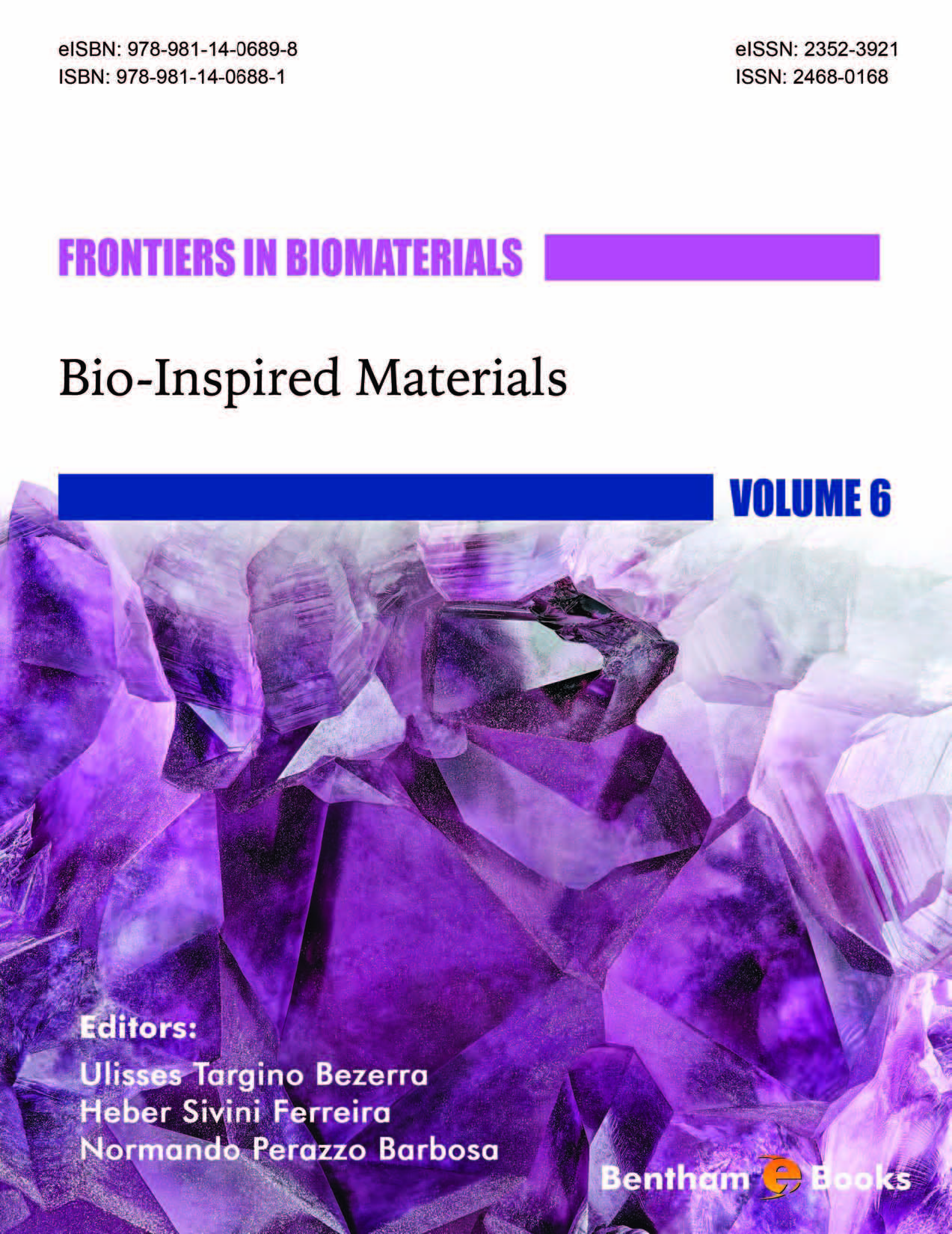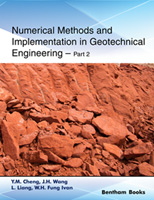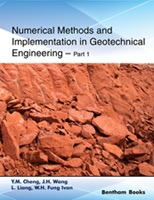One of the precursors of the current concepts of “bionics”, “biomimetics”, and “biomimicry” was the Italian, Leonardo da Vinci who, while observing the surrounding world, conceived extraordinary contemplating works and imitation of nature. Two examples are worth noting: the conception of a helicopter from a dragonfly and the design of an ornithopter from the birds and the bat.
The history of science has many examples of the use of materials and/or techniques aiming at certain finality and, after some optimizations and developments, the starting idea is deviated towards further ends, creating innovative products, consequently. This kind of change, all natural, seems to result in the consolidation of the three concepts, cited above. Created from the 50s of the 20th century, these three concepts have caused some misconceptions in the scientific community due to the similarity of their definitions. It can be said that biomimetics is the area of science that studies processes of nature and applies them in everyday problems; bionics is the area of science that studies processes of nature and applies them to technology by means of machines and/or equipment with no concern about the sustainability and/or ethics; while the most recent concept, biomimicry, follows the concept of bionics, ethics and sustainability. The bionics is more objective and focused on immediate results, without concerns with the man-ethics or the nature-sustainability relationships, while the biomimicry is more focused on the respect for nature and its imitation with sustainability (which is improbable to achieve, given the challenge to succeed at an entirely sustainable process). This means that the bionics has a broader scope, immediate and of easy reach, than better biomimicry.
This book covers some aspects of these frontiers of science and is divided into 3 sections:
-
Frontiers in bionics design;
-
Frontiers in bio-inspired construction; and
-
Frontiers in bio-materials.
Each section has some manuscripts that aim at addressing the most recent advances of the desired and expected relationship between human and nature. This relationship also includes political connotations, once the following question is valid: which political regime, form of government or production system would be able to live in harmony with nature?
Section (i) presents the subjects that clarify the direct observation of nature and its use under human aspects, as the case of the construction of surfaces with controlled roughness for applications in high-friction conditions, or the case of textures similar to natural ones, or the observation of the mechanism of mosquito stings and the consequent design of a more efficient drill for medical purposes. Ultimately, it cannot be forgotten that the search for better accommodation/compression of materials and the higher organization/reduction of mechanical stress in structures was made by the humans by extensive observation of nature.
Due to the personal character of the authors and their dedication to research in civil construction, Section (ii) is devoted to all who are dedicated to what can be defined as “artificial construction” of the Earth, in other words, the construction performed by the humans without prioritizing the future. This section addresses the issues on geopolymers (inorganic polymers), materials that resemble the structure of soils and natural rocks; procedures that reduce the damage caused by earthquakes in natural construction; development of superplasticizers from vegetable resins and construction principles using bamboo, as a construction material.
The last section embodies all other subjects not yet covered and takes a look into the future towards the improvement of human living conditions. The goal is to make the human species learn more about nature to live harmonically with it. The life cycle of biomaterials is analyzed, using a new concept of maintenance (here “maintenance” is no longer characterized by periodic interventions performed by humans, but becomes something natural, where maintenance mechanisms are capable of self-regulating, since they are conceived through the biomimetic way).
The structure of this book covers areas of knowledge that have received more contributions from new concepts of bionics, biomimicry, and biomimetics. It is expected to achieve the release of this new world view and further: it is expected that humanity awakes from its lethargy regarding aggressions against nature and starts to think more in the biomimetic way.
Finally, this book is devoted to all the professionals and students who still believe, or have come to believe, that the world can become much better.
Let the burden of the future be light!
Dr. Ulisses Targino Bezerra
Federal Institute of Paraíba - IFPB,
Civil Construction Av. Primeiro de Maio,
720, Jaguaribe, zipcode 58.015-435,
João Pessoa-PB, Brazil
E-mail: dartarios@yahoo.com.br
Dr. Heber Sivini Ferreira
Federal University of Paraíba - UFPB,
Department of Engineering and Materials Science
City University, S/N, Castelo Branco,
zipcode 58.051-085,
João Pessoa-PB, Brazil
E-mail: hebersivini@gmail.com
&
Dr. Normando Perazzo Barbosa
Federal University of Paraíba - UFPB,
Department of Civil Engineering
City University, S/N, Castelo Branco,
zipcode 58.051-085,
João Pessoa-PB, Brazil
E-mail: nperazzob@yahoo.com.br




